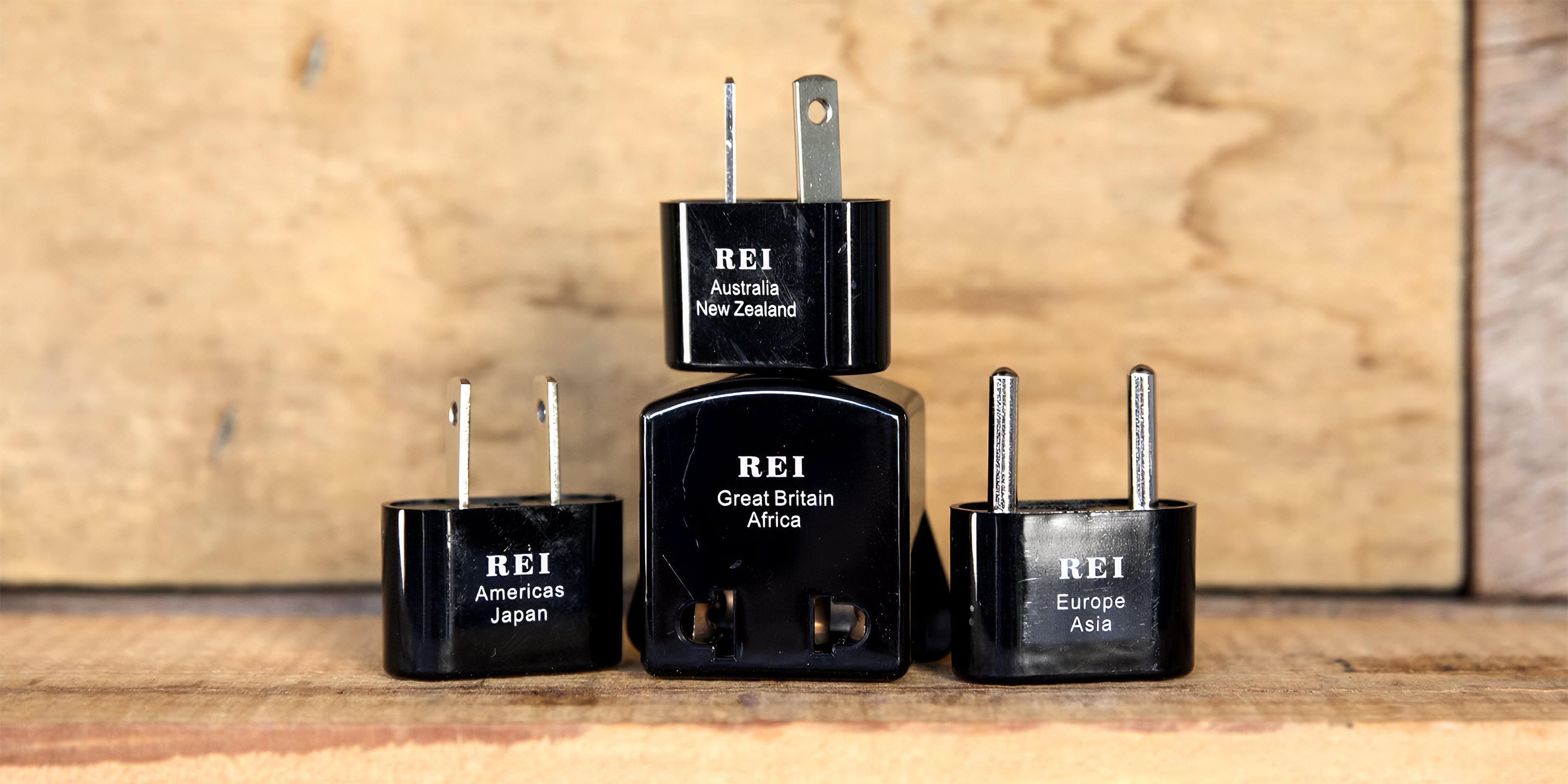
Global Voltage Reference Guide
Why This Matters
Power grids speak different “languages.” Give a lamp the wrong one and it flickers, fails, or worse. Use this quick-reference to match your Zeenova pieces (and any other electronics) to outlets across North America, Europe, Asia-Pacific, and beyond—no engineering degree required.
1. The Two Big Voltage Families
| Voltage Range | Common Regions | Frequency |
|---|---|---|
| 110-120 V | United States, Canada, parts of Latin America, Japan* | 60 Hz (Japan splits 50/60 Hz) |
| 220-240 V | United Kingdom, EU, Australia, New Zealand, most of Asia & Middle East | 50 Hz |
Zeenova Tip
Many fixtures list “110-240 V, 50/60 Hz.” That’s universal voltage—no transformer needed, just a plug adapter.
2. Region-by-Region Snapshot
| Region | Standard Voltage | Frequency | Common Plug Types | What to Check Before Plug-in |
|---|---|---|---|---|
| United States / Canada | 120 V | 60 Hz | Type A, B | Fixture rated 120 V or dual-voltage; two flat pins (plus ground on Type B). |
| United Kingdom | 230 V | 50 Hz | Type G | Three rectangular pins; be sure fixture supports 220-240 V. |
| Germany / France / EU Mainland | 230 V | 50 Hz | Type C, E, F | Two round pins (ground clips on E/F). Confirm 220-240 V rating. |
| Italy | 230 V | 50 Hz | Type C, F, L | Type L has three inline pins—adapter or L-compatible plug required. |
| Australia / New Zealand | 230 V | 50 Hz | Type I | Slanted flat pins. Fixture must read 220-240 V. |
| Japan | 100 V | 50/60 Hz split | Type A, B | West Japan 60 Hz, East 50 Hz—most dual-voltage gear operates fine; check frequency-sensitive electronics. |

3. Dual-Voltage Devices—Your Travel MVP
Modern LEDs, laptop chargers, and premium Zeenova drivers are usually marked “100-240 V, 50/60 Hz.”
- Transformer? Not needed.
- Adapter? Yes—shape, not voltage, is the issue.
Example: Flying from LA to London with a dual-voltage sconce driver—just pack a Type G adapter and you’re golden.
4. Safety & Performance Checklist
- Read the Label – Look for voltage range and frequency on the fixture or power supply.
-
Match or Convert –
- If label shows only 120 V, use a step-up transformer in 230 V regions.
- If label shows only 230 V, use a step-down transformer in 120 V zones.
- Use Quality Adapters – Cheap plugs can arc or loosen; choose certified ones.
- Grounding Matters – When a plug offers a ground pin, match it to a grounded outlet for maximum safety.
- LED Drivers & Dimmers – Verify compatibility; some dimmers are voltage-specific.
Lighting should spark joy—not sparks. Keep this guide handy when ordering, relocating, or gifting Zeenova pieces abroad. Still unsure? Our Complimentary Team can confirm voltage and plug options for any destination.
Illuminate globally. Live beautifully.
Blog posts
View all-

From Day to Night: Creating Adaptable Luxury Li...
The luxury home office demands lighting that adapts to your changing needs—begin with energizing cool light (5000-6500K) in the morning to stimulate focus and reduce fatigue, transition to balanced midday...
From Day to Night: Creating Adaptable Luxury Li...
The luxury home office demands lighting that adapts to your changing needs—begin with energizing cool light (5000-6500K) in the morning to stimulate focus and reduce fatigue, transition to balanced midday...
-

The Art Collector's Guide to Lighting: Showcasi...
Proper art lighting balances visibility with conservation through three critical factors: intensity (50-200 lux, adjusted for medium sensitivity), color accuracy (95+ CRI for true color rendering), and strategic positioning (30-degree...
The Art Collector's Guide to Lighting: Showcasi...
Proper art lighting balances visibility with conservation through three critical factors: intensity (50-200 lux, adjusted for medium sensitivity), color accuracy (95+ CRI for true color rendering), and strategic positioning (30-degree...
-

Summer 2025 Lighting Trends: What's Hot in Luxu...
As we move into Summer 2025, the world of luxury lighting continues to evolve with exciting new trends that blend innovation, sustainability, and timeless elegance. For homeowners looking to refresh...
Summer 2025 Lighting Trends: What's Hot in Luxu...
As we move into Summer 2025, the world of luxury lighting continues to evolve with exciting new trends that blend innovation, sustainability, and timeless elegance. For homeowners looking to refresh...



